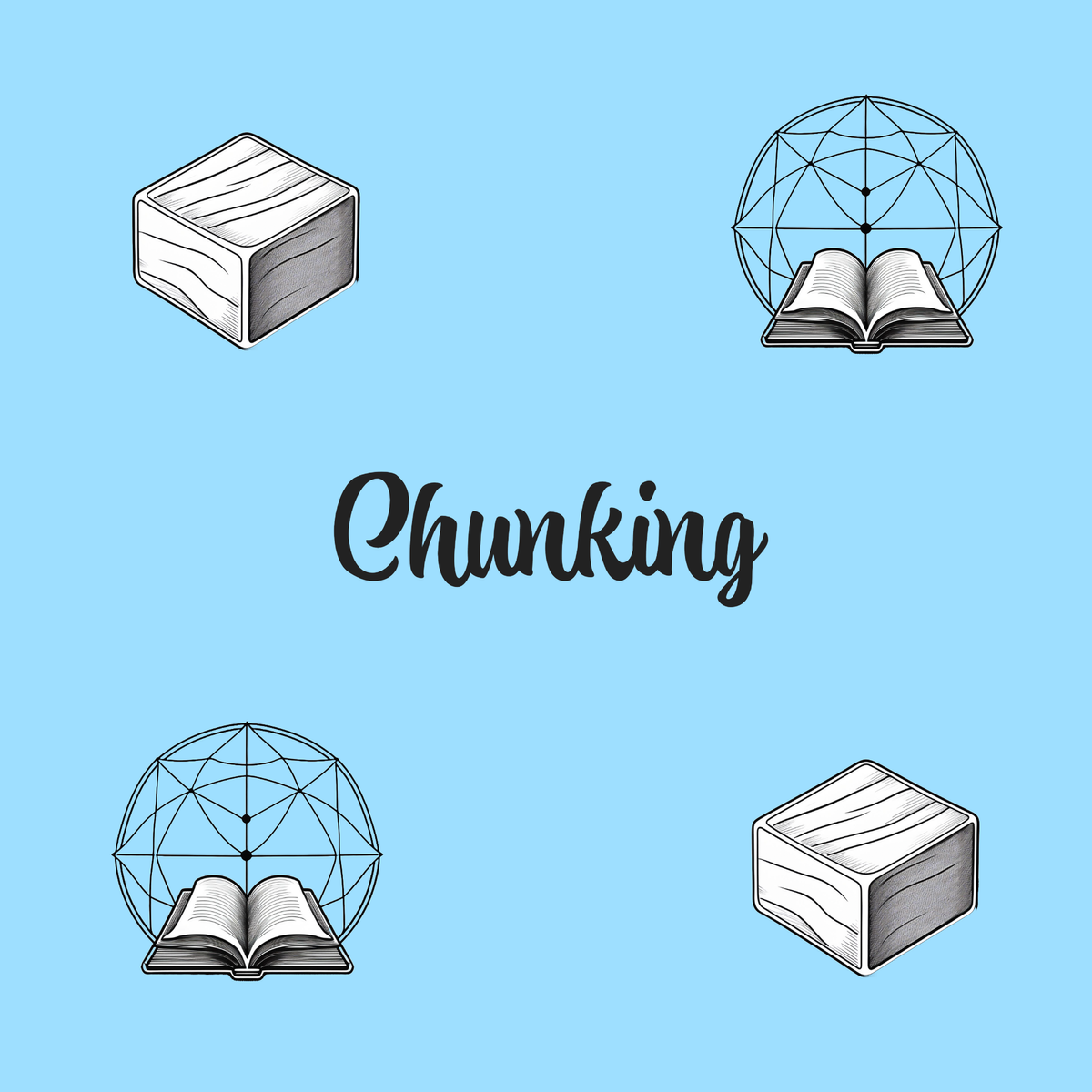Chunking: The Secret to Better Learning and Retention

Hi Team,
The modern world asks our brains to process a large volume of information, which can lead to overwhelm and frustration, if not handled correctly. A proven method to overcome this challenge is chunking, which assists our brains in learning more efficiently and aiding memory retention.
What is Chunking?
Chunking is a cognitive technique which breaks information into smaller and more manageable units. Examples of this could be:
- An Account Number: CS18956489 -> CS1-896-6489
- Household tasks: Group items by room or area of the house, such as kitchen, bedroom and toilet.
Chunking works by leveraging our brain’s ability to identify patterns, commonalities and structures, which make it a great tool for learning and memory.
Why Chunking Works
Three key reasons why chunking works are:
- Working Memory Capacity: According to Miller’s Law, humans can hold 5-9 chunks of information. This means that chunking information together allows us to expand this limit, by grouping multiple items.
- Retention & Recall: By identifying the patterns and structures of a topic, recall becomes easier than having to retain random information.
- Real-World Applications: Chunking can be applied to real-world activities, such as sport, music, and even storytelling, meaning that the more we use it in everyday life, the more likely we are able to improve this practice.
How to Use Chunking in Daily Life
Here are some useful ways that you can look to apply chunking within your life:
- Group Similar Items: Consider an area you need to improve your memory and retention, then look to group items into categories.
- Look For Patterns: Consider ways in which information you know can be connected or linked to items which you are attempting to remember.
- Use Mnemonics: Combine chunking with mnemonics to assist with memory. For example, you could memorise SMART (Specific, Measurable, Achievable, Relevant, and Time-Based), to remember the five steps for goal creation.
- Visualise: Use diagrams, mind-maps, or tables to add a visual element to the process of chunking information.
- Practice Repetition: Review chunks regularly to identify new connections and go over existing information.
Overcoming Common Challenges
Typical challenges when using chunking and ways to overcome them are:
- Overloading Chunks: Try not to make your chunks too complex, as you want connections to be clear to follow.
- Lack of Patterns: If you can’t find obvious connection, try to be creative with your associations.
- Application in Real Time: Ensure that you practice chunking regularly to help it become second nature.
Closing Remarks
Chunking is a simple and powerful tool, which asks users to think about the items we are wanting to remember. This assists you in the process of learning and memory retention. Whether you are studying, organising projects, or remembering important details in your daily life, try to start chunking today and let us know how you get on.
Have a wonderful Christmas and I look forward to sharing more learning tips in the New Year.
Did you enjoy what you read? Don’t miss out on weekly tips like these - subscribe now to stay on top of your personal growth journey.
